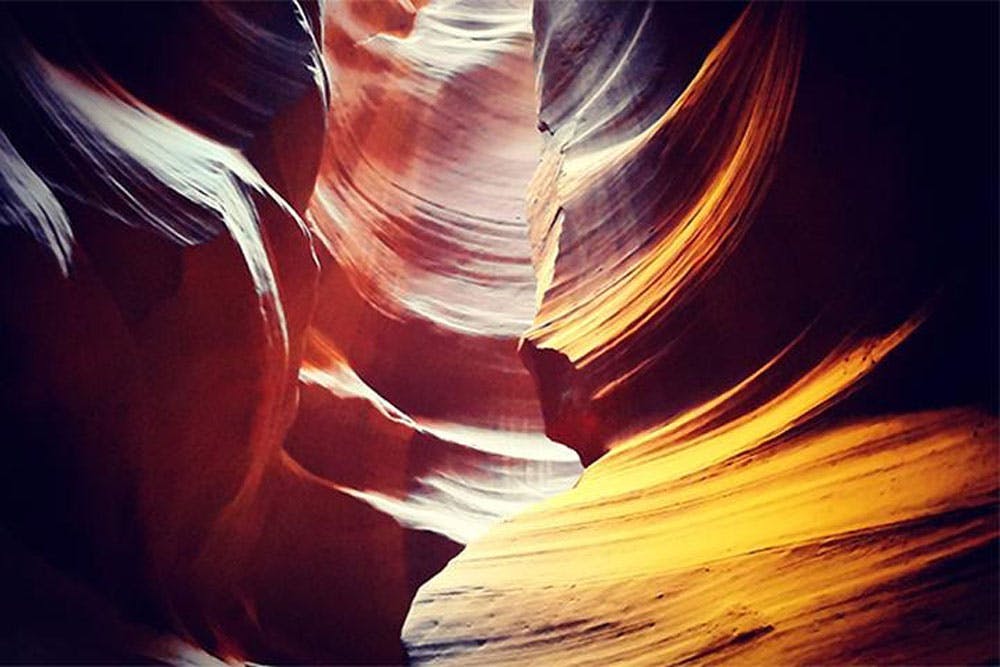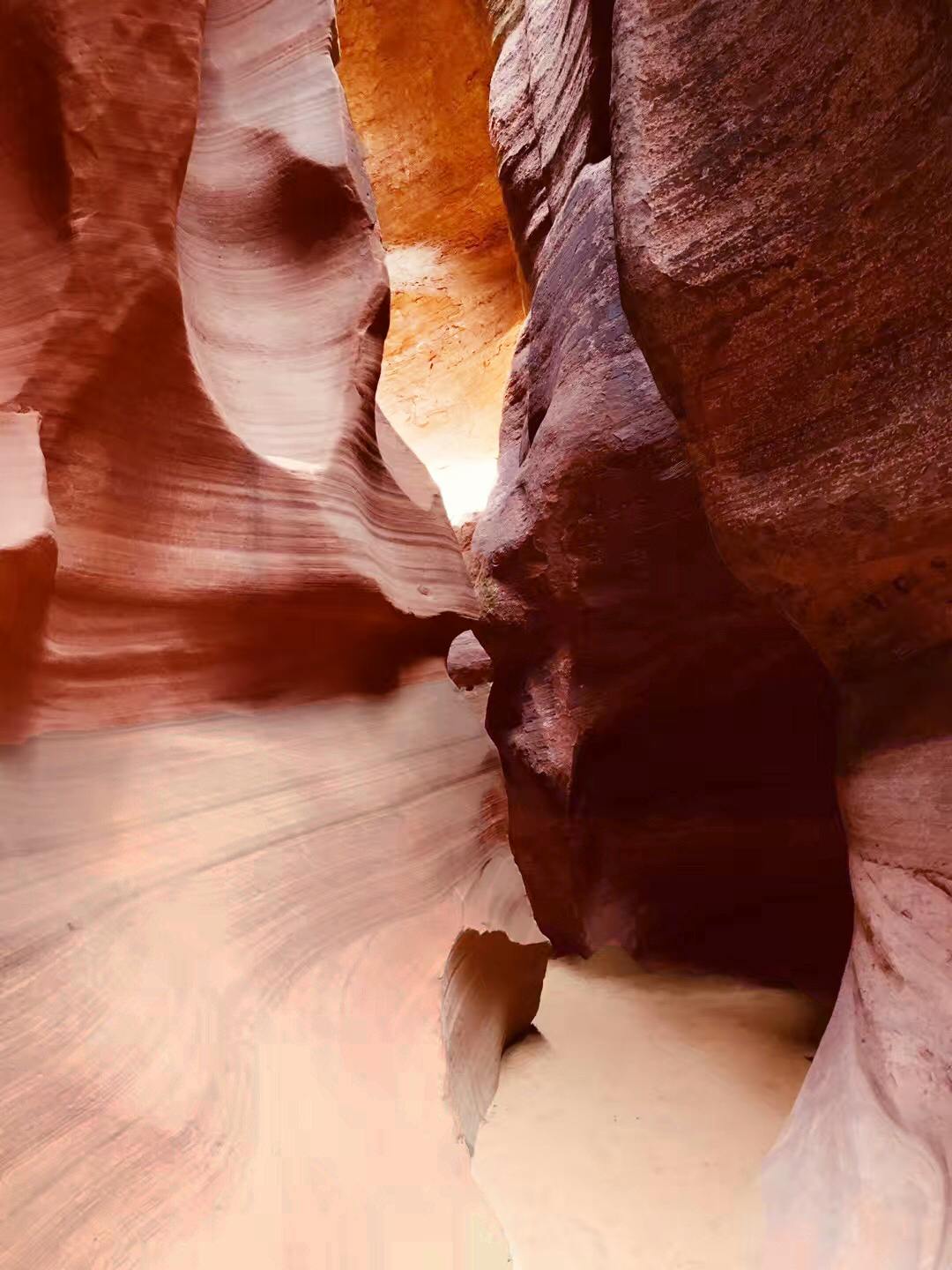Antelope Canyon
Antelope Canyon, located in the Navajo Nation in Arizona, is one of the most breathtaking natural wonders in the world. It is a slot canyon formed by millions of years of erosion caused by flash floods, wind, and sand. The unique rock formations, twisting curves, and vibrant colors of Antelope Canyon make it a must-see destination for anyone visiting the Southwest.
Antelope Canyon is actually two separate canyons: Upper Antelope Canyon and Lower Antelope Canyon. Upper Antelope Canyon is the more popular of the two, and is also known as “The Crack” or “The Corkscrew.” It is located on Navajo land and requires a guided tour to visit. The tour begins with a ride in a 4×4 vehicle through the sandy terrain to the canyon entrance. Once inside, visitors are treated to a spectacular display of light and color as sunlight filters through the narrow openings in the canyon walls.
Lower Antelope Canyon, also known as “The Corkscrew,” is a longer, deeper canyon that is less crowded than Upper Antelope Canyon. Visitors can choose between a guided tour or exploring on their own. The canyon is accessed by climbing down a series of ladders and stairs, so it may not be suitable for everyone.
Both canyons offer stunning views of the sandstone formations that have been sculpted by the elements over millions of years. The rock walls are smooth and swirling, with undulating waves of red, orange, and pink hues. As the sunlight streams into the canyon, the colors shift and change, creating a mesmerizing display of light and shadow.
One of the most unique features of Antelope Canyon is the way that it changes throughout the day. The light and colors are different in the morning than they are in the afternoon, and the canyon takes on a whole new character at sunset. The best time to visit Antelope Canyon is during the summer months, when the sun is high in the sky and the light is at its most intense.
It is important to note that while Antelope Canyon is a natural wonder, it is also a fragile ecosystem that must be protected. Visitors are not allowed to touch or climb on the canyon walls, and photography equipment such as tripods and monopods are not permitted on the tours. This is to protect the delicate sandstone formations from damage.
Antelope Canyon is truly a magical place that should be on everyone’s bucket list. Its stunning natural beauty and unique geological formations make it a must-see destination for anyone who loves nature, photography, or adventure. Whether you choose to explore Upper Antelope Canyon or Lower Antelope Canyon, you are sure to be awed and inspired by this amazing natural wonder.
Showing all 4 results
-

Upper Antelope Canyon and Horseshoe Bend bus tour from Las Vegas Musement
$225.02 Find the best deals at musement.com -

Antelope Canyon X and horseshoe bend guided tour from Las Vegas Musement
$189.00 Find the best deals at musement.com -

Antelope Canyon Arizona Tours & Tickets From Viator
$90.00 Find the best deals at viator.com -

Las Vegas Grand Canyon Antelope Horseshoe Bend
$338.00 Find the best deals at getyourguide.com